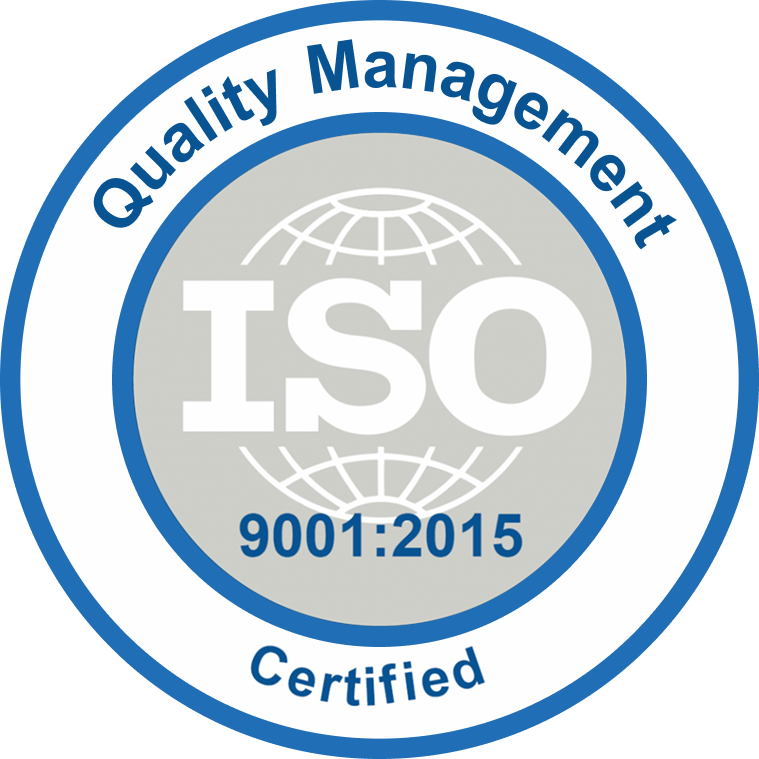Data is important for a successful business. Collating those data in a centralized hub which is accessible to all is vital. These data is raw and is incomprehensible to the average person. Business professionals required the processed data in the form of meaningful information to make better business decisions.
Data are the ones which you get by running queries in your systems and databases. The data usually bind in rows and columns with numbers and stats. Raw data is not a processed information it has to pass through from hoops and jumps to be a processed meaning information.
Information is the processed form of data which the people across the organization right from management people till c-suite count on to make business decisions. This information depicts what’s working, what isn’t working, and trends across time. Data grows rapidly and BI trend is changing. As the data grows it is very important for a business to find an effective way to turn raw data into processed information. If you don’t control it then you are going to end up in trouble down the line.
Continue Reading
Below are some easy guidelines to turn raw data into processed information.
Capture right data
You need the right data to derive the right information at the right time to make the right business decisions. This may look simple but this is where many organization struck. Below are some common problems which organizations encounter.
- Query tool takes so long to retrieve the data.
- Only specific group of people can access the data.
- Data is not portable to a business friendly format (Like Excel, web, etc.)
With the right query tool, you can bypass these hindrances and rely on your data availability. Once when you have the foundation you are now ready to turn your data to information.
Capture meaningful data
Don’t capture and accumulate data just for the sake of having it. Compile meaningful data targeting the people who are going to use it and to your business. Consider the following, sales needs the customer data to understand purchasing trends, the executive wants customer data to understand market segment growth, accounting needs customer data for billing purpose. It will confuse the stake holders if you make all the data available across the board. Make sure you show up the right data for that group to nail their need.
Understand the context of data
A snapshot of data in a particular time doesn’t give you the whole context or trend of data. You need to clearly understand where the data point exists in a trend. That is where the context comes into play. Context turns up the key data to information. Data gives you a snap shot, context gives you the big picture. To state with an example if your net sales is $5,00,000 last month, what does that really mean? How much was the sales the previous month?
To add a complete context provider with more than one data point to give them the full picture helping it to convert to an information.
Visualize the data
It is difficult for the organization to understand an information by running the data row after row. Data visualization is very critical turning the data into easily understandable information. There are several ways to visualize your data graphs and charts are the common methods widely used in the business. These pictorial representations measure how well your business is doing on meeting a particular goal.
If you would like to easily visualize your critical complex business data BI dashboards are a great way to go. Most dashboards show graphs, charts, and gauges using which you can spot trends and make best business decisions.

